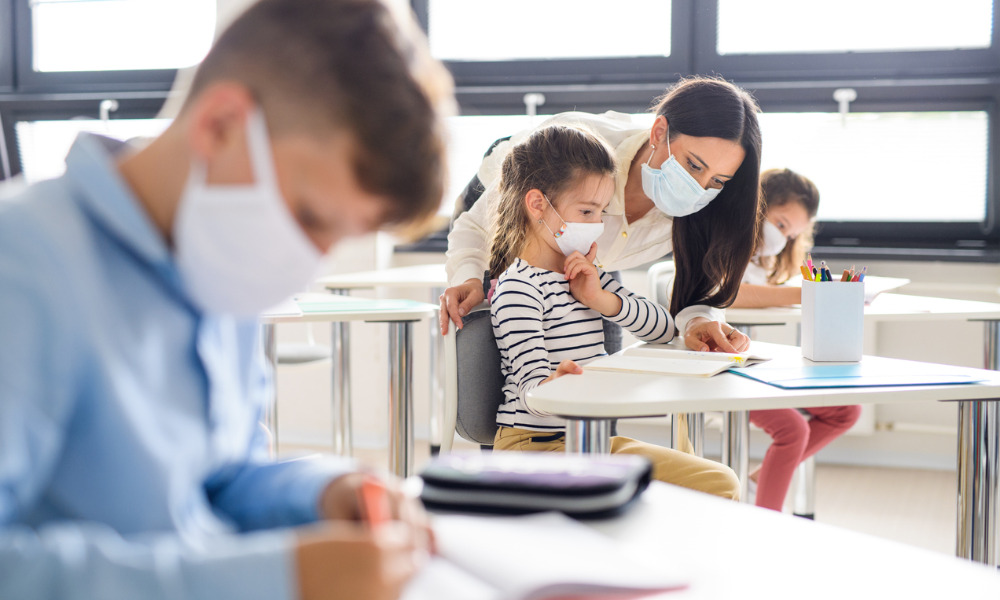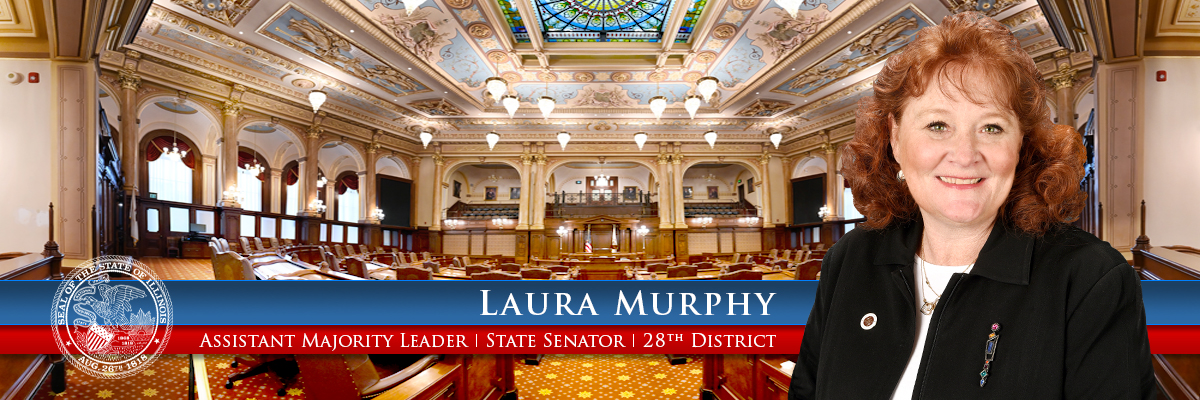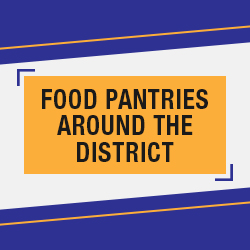 SPRINGFIELD – State Senator Laura Murphy (D-Des Plaines) is announcing that school districts in the 28th Senate District will receive $177,711,359 in additional funding to help address the many challenges presented by the COVID-19 pandemic.
SPRINGFIELD – State Senator Laura Murphy (D-Des Plaines) is announcing that school districts in the 28th Senate District will receive $177,711,359 in additional funding to help address the many challenges presented by the COVID-19 pandemic.
“Over the past year, teachers and parents have put in thousands of hours of additional effort to keep our kids engaged in learning,” Murphy said. “This funding gives schools and students the support they need to make a full recovery after the pandemic.”
The funding comes as part of the most recent federal COVID-19 relief package. Schools, students and parents have overcome challenges that no one could have imagined before the pandemic began, including remote and hybrid learning, digital connection issues, new processes for receiving state and federal aid that normally flow through schools, and more.
Local school districts are set to receive the following amounts:
- School District U-46 - $95,027,296
- Schaumburg Community Consolidated School District 54 - $18,762,224
- Community Consolidated School District 59 - $12,435,762
- Des Plaines Community Consolidated School District 62 - $10,129,759
- Park Ridge Consolidated Community School District 64 - $2,040,685
- Maine Township High School District 207 - $8,389,466
- Keeneyville School District 20 - $2,636,287
- Lake Park Community High School District 108 - $2,333,579
- Township High School District 211 - $13,400,938
- Township High School District 214 - $12,555,363
The majority of the funding comes from the American Rescue Plan, which gives local schools a great deal of flexibility in how they can use the money over the next 3 ½ years. At least 20% of the funding must be used to address learning loss, but beyond that, school districts can use the money to address many different issues and costs. For example, it can be used to better equip schools for safe learning, to prevent layoffs, to address students’ social and emotional needs, to fund summer programs, or to ensure all students have access to reliable Wi-Fi and technology.
The State Board of Education, in collaboration with other state agencies that address education, has produced a guide for local school districts to help them decide how to best use their resources. While the guide and other state-sponsored services are completely voluntary, the state aims to support local districts during this difficult time.
“Our local schools have the ultimate say in how they use this funding—as they should,” Murphy said. “But, this guide can provide them some direction as they make plans for the future.”
In total, Illinois received nearly $7 billion to support local school districts.







